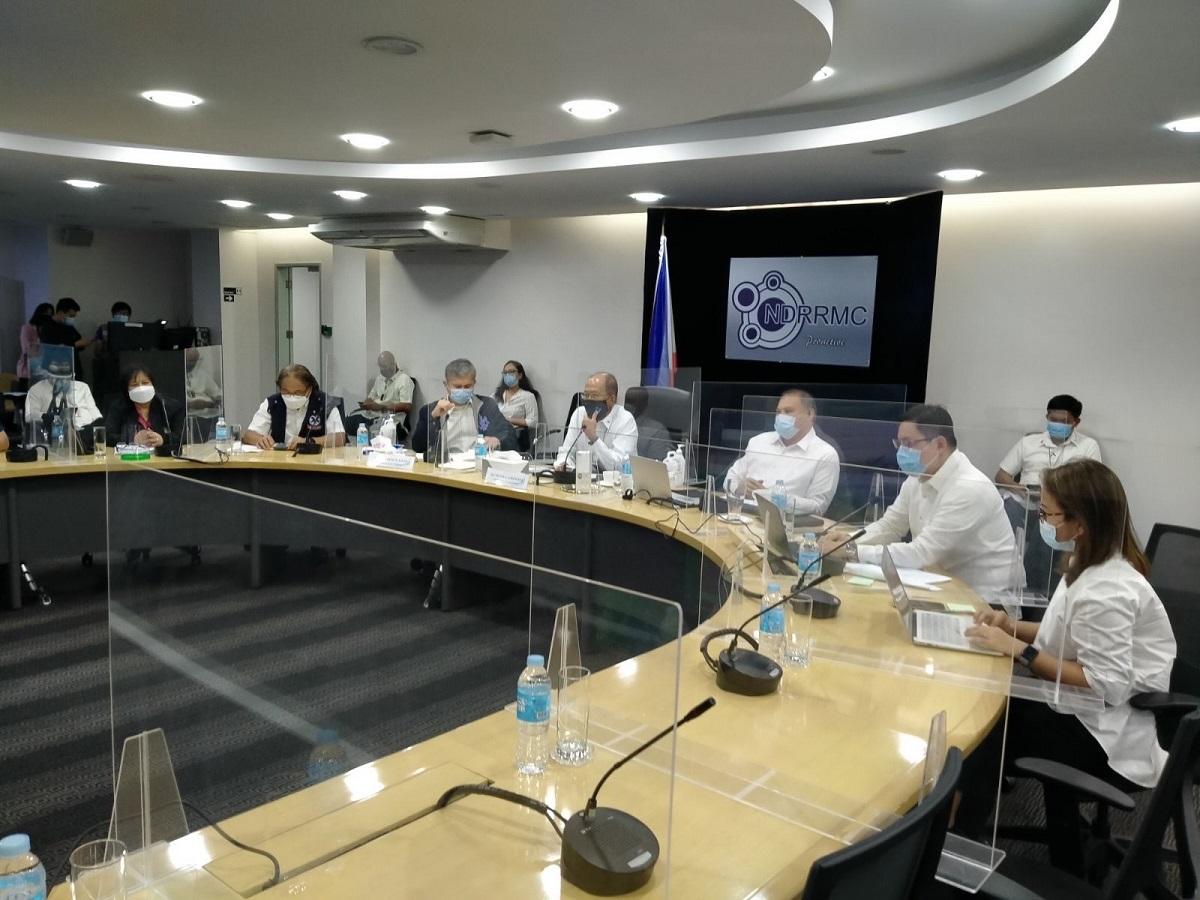NDRRMC recommends state of calamity over entire Luzon

The National Disaster Risk Reduction and Management Council (NDRRMC) on Monday agreed to recommend the declaration of state of calamity over the entire Luzon due to the damages brought by the previous typhoons that hit the country in the previous weeks.
"It was approved during the meeting the recommendation for President Rodrigo Duterte to place under state of calamity the entire Luzon to address the impacts of the latest typhoons that hit the country," NDRRMC executive director Undersecretary Ricardo Jalad said following the council's emergency meeting.
"It was also agreed during the meeting to convene a technical working group of the joint prevention, mitigation, and preparedness clusters of the NDRRMC to assess the current dam management," he added.
Defense Secretary Delfin Lorenzana, who is also the NDRRMC chairperson, tasked weather bureau PAGASA to revisit its historical data to intensify warnings beforehand.
During the meeting, Lorenzana raised various issues to concerned agencies such as the provision of assistance to affected farmers and fisherfolks, road clearing, shelter requirements, and other recovery interventions.
There shall be no price increase among basic commodities once there is a declaration of the state of calamity as stated in Republic Act 7581.
Under Section 6 of the Price Act, it is stated that "if the prevailing price of any basic necessity is excessive or unreasonable, the implementing agency may recommend to the President the imposition of a price ceiling for the sale of the basic necessity at a price other than its prevailing price."
Strong storms pounded Luzon in the previous weeks, claiming the lives of dozens of individuals and leaving thousands of families homeless.
Typhoon Quinta left three people dead in Negros Oriental and Marinduque. A total of 843 evacuation centers were utilized across Cordillera Administrative Region, the National Capital Region, Region III, Calabarzon, Mimaropa, Region V, Region VI, Region VII, and Region VIII to cater to the affected people.
Super Typhoon Rolly, which was branded as the world's strongest typhoon in 2020, brought extensive damage to the Bicol region, especially in the provinces of Albay and Catanduanes.
Catanduanes was even deemed isolated because of the destruction brought by Rolly.
The super typhoon affected over two million people from Regions I, II, III, CALABARZON, MIMAROPA, V, VI, VII, VIII, IX, Cordillera Administrative Region and the National Capital Region. Rolly also claimed the lives of at least 25 individuals and hurt more than 300 others.
The latest powerful typhoon, Ulysses, lashed areas in Central Luzon, Northern Luzon and even Metro Manila. The number of fatalities was at 67 as of Monday morning, while wounded victims are 21. The NDRRMC said 13 people are still missing.
Ulysses also triggered massive flooding in Cagayan, which forced residents to stay on their rooftops waiting for rescuers. Many residents in Cagayan and Isabela provinces blamed water released from Magat Dam for the flooding, although officials said it was a necessary move to prevent the dam from breaking and therefore causing a catastrophe.
Issues on illegal mining have been raised in the aftermath of the typhoons. President Rodrigo Duterte already tasked the Department of Environment and Natural Resources to look into the matter.
Duterte also directed the creation of an inter-agency task force to streamline the government's response when there's a typhoon.
The President said the task force would be given a timeline to layout plans ensuring that response and relief operations will not be delayed. --KBK, GMA News




